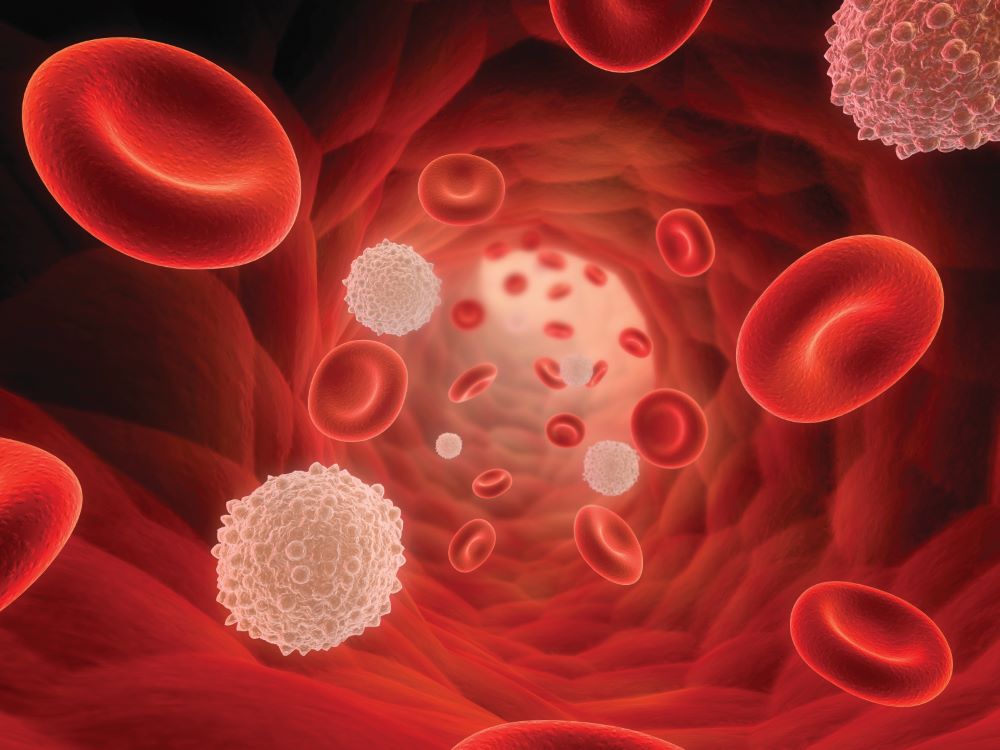
Unraveling the Ocular Manifestations of Hematological Diseases: A Comprehensive Review
Hematological diseases encompass a diverse array of conditions affecting the blood and bone marrow, with implications extending to ocular health. This article delves into the intricate relationship between hematological diseases and ocular manifestations, shedding light on their pathophysiology, clinical presentations, diagnostic approaches, treatment modalities, and management strategies.
Introduction: The interplay between hematological diseases and ocular health underscores the importance of recognizing and understanding the ocular manifestations associated with various blood disorders. From leukemia and lymphoma to sickle cell disease and thrombocytopenia, hematological diseases can manifest in the eye through a myriad of mechanisms, posing diagnostic challenges and therapeutic considerations for ophthalmologists.
Pathophysiology: The pathophysiology of ocular involvement in hematological diseases often stems from systemic abnormalities affecting the blood components, including red blood cells, white blood cells, platelets, and plasma proteins. Hematological malignancies may infiltrate ocular structures directly or indirectly through hematogenous dissemination, leading to neovascularization, hemorrhage, ischemia, and inflammation in the eye.
Clinical Presentations: Ocular manifestations of hematological diseases encompass a spectrum of clinical presentations, ranging from subtle findings to sight-threatening complications. Patients may present with retinal hemorrhages, cotton-wool spots, choroidal infiltrates, optic nerve involvement, and vascular abnormalities, among other ocular signs indicative of underlying hematological pathology.
Diagnostic Approaches: Diagnosing ocular manifestations of hematological diseases requires a comprehensive ophthalmic evaluation, including detailed medical history, visual acuity assessment, slit-lamp examination, funduscopy, and ancillary tests such as optical coherence tomography (OCT), fluorescein angiography (FA), and ultrasound imaging. Systemic evaluation, laboratory investigations, and collaboration with hematologists are essential for accurate diagnosis and management.
Treatment Modalities: Management of ocular manifestations in hematological diseases depends on the underlying etiology, severity of ocular involvement, and systemic status of the patient. Therapeutic interventions may include systemic chemotherapy, targeted immunomodulatory agents, corticosteroids, intravitreal injections, laser photocoagulation, and surgical interventions such as vitrectomy or orbital decompression in select cases.
Management Strategies: A multidisciplinary approach involving hematologists, ophthalmologists, and other healthcare providers is crucial in managing ocular manifestations of hematological diseases comprehensively. Close monitoring, timely intervention, and addressing systemic hematological abnormalities are essential in preserving visual function and optimizing patient outcomes.
Conclusion: Ocular manifestations of hematological diseases pose diagnostic and therapeutic challenges, necessitating a nuanced understanding of their underlying pathophysiology and clinical implications. By elucidating the ocular manifestations associated with various hematological conditions and implementing multidisciplinary management strategies, we can improve diagnostic accuracy, enhance therapeutic efficacy, and ultimately optimize visual outcomes for patients with hematological diseases.
Links:


